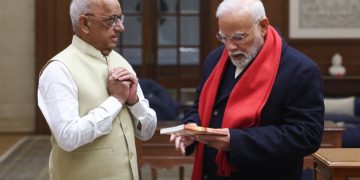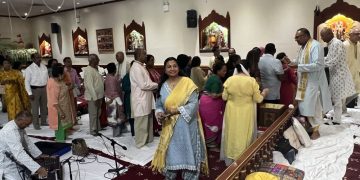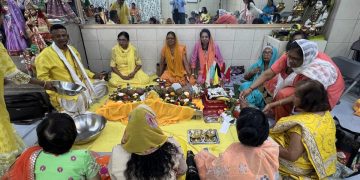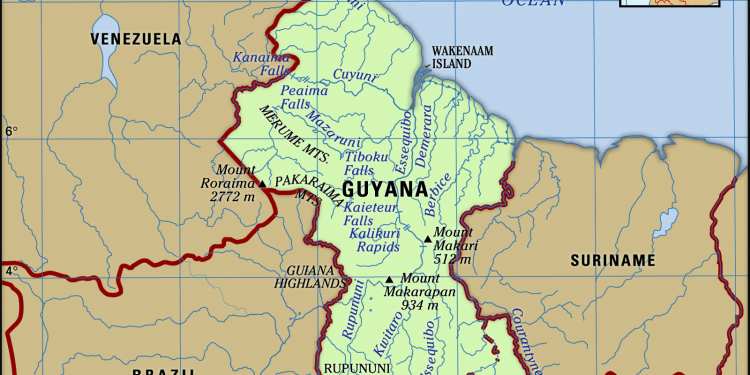In 1803, the Dutch colonies in the lands of the Three Rivers were surrendered to the British and in 1831 Great Britain joined the three regions Essequibo, Demerara and Berbice into the single colony of British Guiana.
In the 1807, Great Britain outlawed the slave trade from Africa, and, in 1838, abolished African enslavement .
With the anticipation that the newly emancipated slaves would abandon the sugar plantation, plantation owners looked elsewhere, and the Indian indentured labor system became the replacement for slavery. To persuade Indians to leave India, the colonial masters touted the Indentured Labor Contract, stipulating an initial 5 years of indentured servitude, with a fixed daily wage. For an additional 5 years thereafter, (10 years total) the ‘survivors’ would be entitled to, either receive a passage back to India or stay in British Guiana and receive land and money to start their own businesses. For the economically dispossessed, in India, this seemed like a lucrative deal in comparison to what they were experiencing in India. Others were lured.
On May 5, 1838, two ships, M.V. Whitby and M.V. Hesperus, brought the first group of East Indian Indentured Servants to British Guyana from Calcutta/ Kolkata, India,
Many perished on this long and arduous journey and, ultimately all who arrived were at the mercy of the colonial plantation owners. In the early decades of the sugar driven migration, the working conditions for the indentured Indian workers were abysmal, due in large part to the lack of care among the planters.
Throughout their travails, however, their singular hope for preservation and survival was their fastidious adherence to their entrenched religious and cultural practices. Their sacred Hindu and Muslim religious texts-the Ramayan, Geeta and Koran- were their mightiest of treasures and closest to their hearts. Communal worship and religious tolerance allowed for the creation of enclaves and villages where Hindus and Muslim peacefully co-existed. Most indentured Muslims and Hindus came from the Indian States of Bihar, Uttar Pradesh and West Bengal. Guyana’s indentured Madras population/culture originated from the Indian state of Tamil Nadu’s largest city, Madras -now Chennai – the oldest municipality in India.
In 1917, this Indian indentured labor practice ceased.
Few of the contracted went back to India as most of the them had raised families, in British Guiana, by then. (Approximately 25% of the indentured from India were women). This was the genesis for the multiplication of the East Indian populace which is pegged around 40%, today. Guyanese of East Indianan origin have immersed in multi disciplines in Academia and Sports, contributed significantly in the development of our current Guyanese nation. Without our brutal past, Guyana would not have benefitted from contributions of Jagan, Persaud, Ramsahoye, Chanderpaul and so many other greatpast and present proud Indo-Guyanese patriots, who add so well to our national pride as a country.
On May 5, 2024, Indian Arrival Day, Guyanese will commemorate 186 years since the arrival of the first batch of Indentured servants or “bound coolie” (meaning contractually obligated) to the shores of then British Guiana.
A New and United Guyana ( ANUG) applauds and pay homage to the superlative contribution of the descendants of these, our indentured servants, in continued shaping of our Guyanese landscape.
May the spirit of our indentured fore-parents rise loftily!










































































